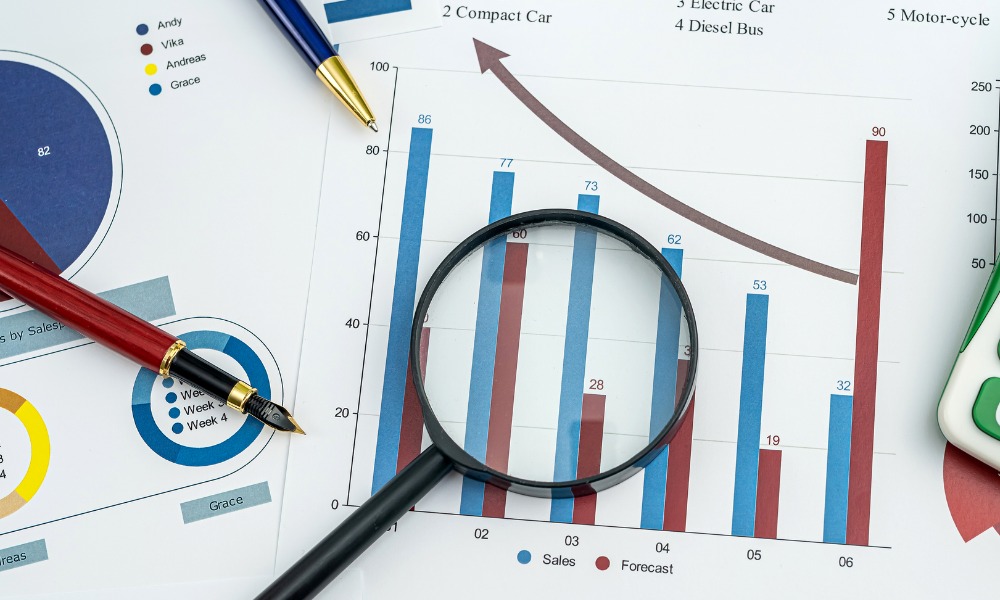The one-percenters are really the only beneficiaries of a phenomenon taking 50 per cent of the S&P 500’s net income, charge critics.
The richest one per cent are benefiting almost exclusively from share repurchases while the rest of the crowd, including many of your clients, are being hurt by this trend of maximizing shareholder value.
“One big reason for the increase in inequality in America since the 1980s is the explosion of compensation to top corporate executives, who now make up about 60% of the top 0.1% of earners,” says MarketWatch journalist Rex Nutting. “So, when it comes to deciding whether the company should use its profits for risky investments that would pay off only in the long run, or whether that money should be used to buy back shares to boost the stock price and give managers a huge payday, the company’s managers often do the easy thing and take the money now.”
Share repurchases have pushed major companies in the U.S. to reallocate capital from reinvesting in their businesses to rewarding shareholders beyond the traditional payout of dividends. In the decade between 2004 and 2013 the 454 companies in the S&P 500 that were publicly traded for the entire 10-year period bought back $3.4 trillion in stock representing 51 per cent of their net income. Unabated, the S&P 500 companies bought back $565 billion in 2014, 18 per cent higher than the year prior.
“Stock buybacks are an important explanation for both the concentration of income among the richest households and the disappearance of middle-class employment opportunities in the United States over the past three decades,” says University of Massachussetts at Lowell economics professor William Lazonick in a new paper published by the Brookings Institution. “Over this period, corporate resource-allocation at many, if not most, major U.S. business corporations has transitioned from “retain-and-reinvest” to “downsize-and-distribute [model].”
Lazonick reiterates that the disparities that have accumulated as a result of this move to maximize shareholder value most prevalent in the downsize-and-distribute model has done great harm to a majority of the population beyond the very rich.
“When the most profitable corporations are in a downsize-and-distribute mode, sustainable prosperity in the U.S. economy becomes an impossible goal,” Lazonick suggests.
“One big reason for the increase in inequality in America since the 1980s is the explosion of compensation to top corporate executives, who now make up about 60% of the top 0.1% of earners,” says MarketWatch journalist Rex Nutting. “So, when it comes to deciding whether the company should use its profits for risky investments that would pay off only in the long run, or whether that money should be used to buy back shares to boost the stock price and give managers a huge payday, the company’s managers often do the easy thing and take the money now.”
Share repurchases have pushed major companies in the U.S. to reallocate capital from reinvesting in their businesses to rewarding shareholders beyond the traditional payout of dividends. In the decade between 2004 and 2013 the 454 companies in the S&P 500 that were publicly traded for the entire 10-year period bought back $3.4 trillion in stock representing 51 per cent of their net income. Unabated, the S&P 500 companies bought back $565 billion in 2014, 18 per cent higher than the year prior.
“Stock buybacks are an important explanation for both the concentration of income among the richest households and the disappearance of middle-class employment opportunities in the United States over the past three decades,” says University of Massachussetts at Lowell economics professor William Lazonick in a new paper published by the Brookings Institution. “Over this period, corporate resource-allocation at many, if not most, major U.S. business corporations has transitioned from “retain-and-reinvest” to “downsize-and-distribute [model].”
Lazonick reiterates that the disparities that have accumulated as a result of this move to maximize shareholder value most prevalent in the downsize-and-distribute model has done great harm to a majority of the population beyond the very rich.
“When the most profitable corporations are in a downsize-and-distribute mode, sustainable prosperity in the U.S. economy becomes an impossible goal,” Lazonick suggests.



